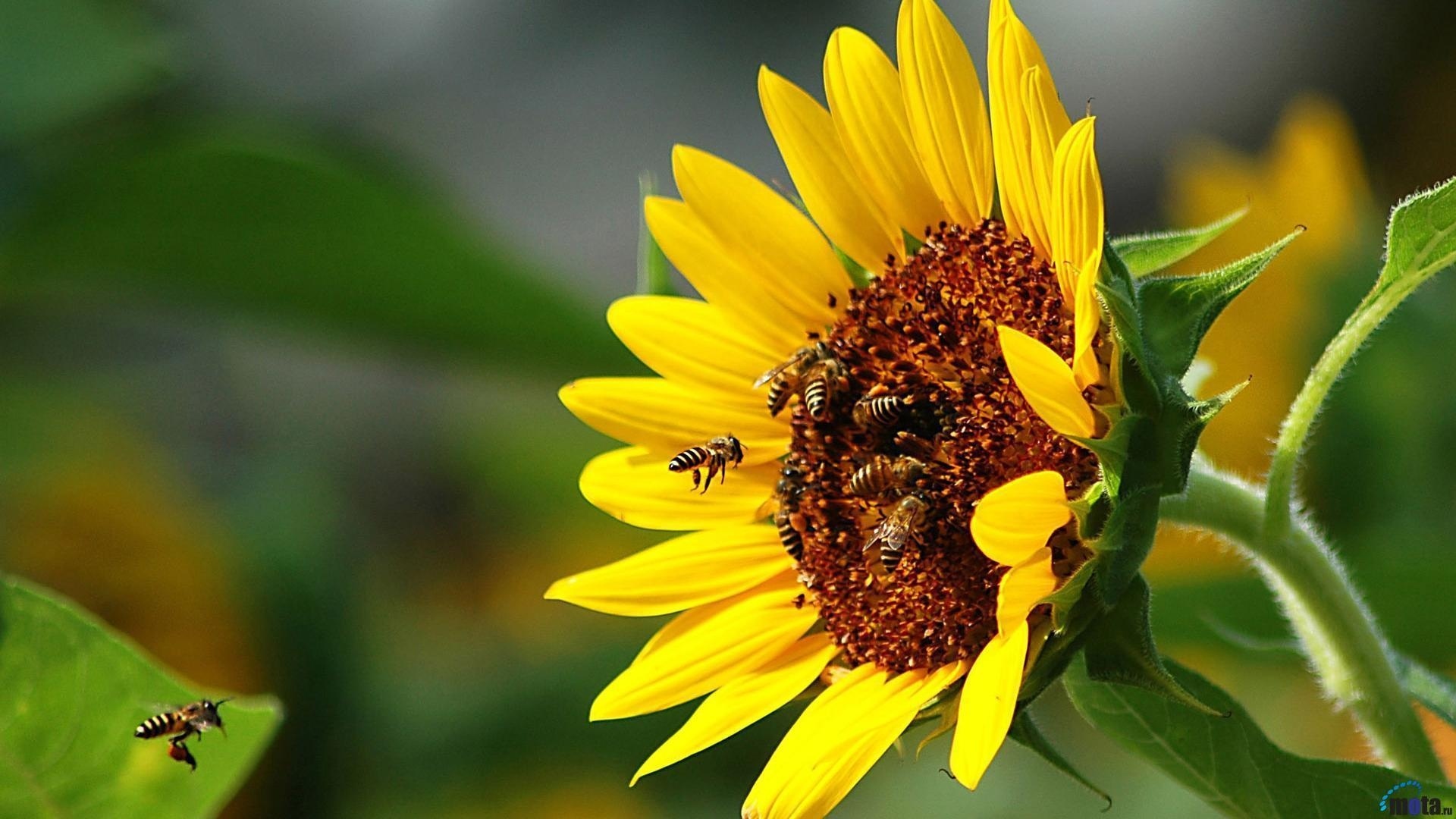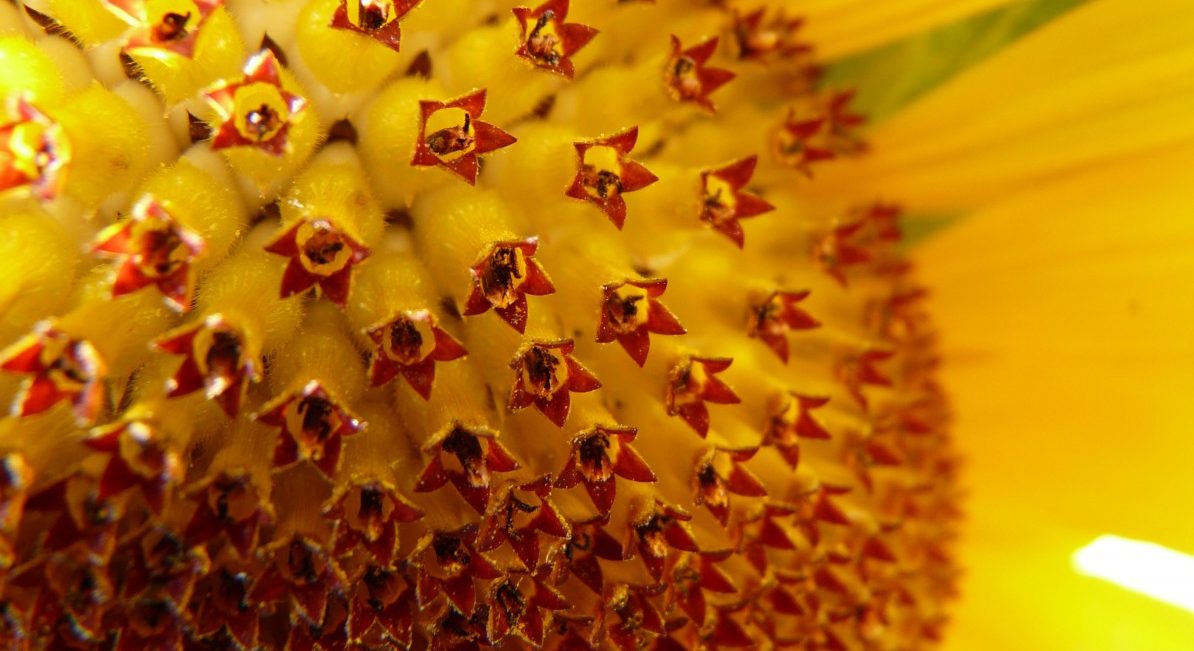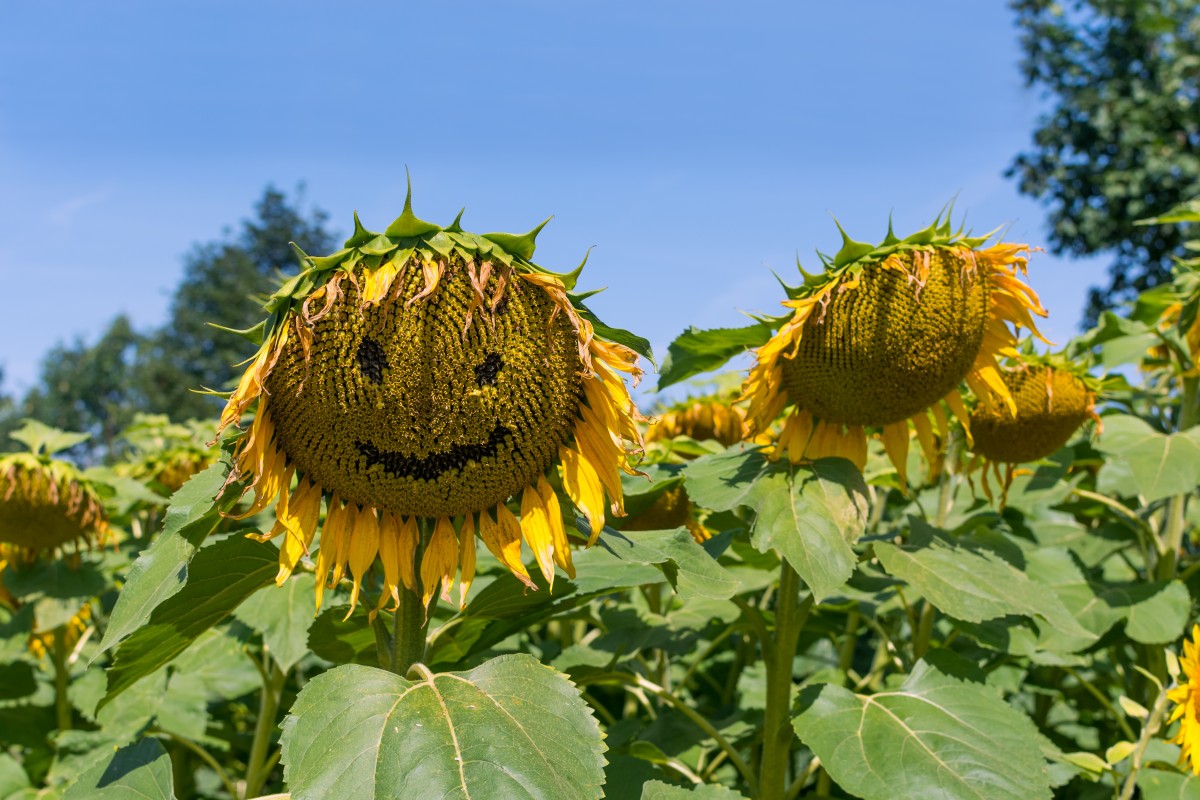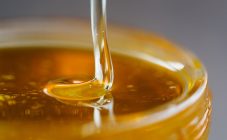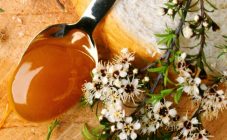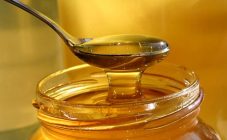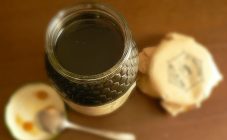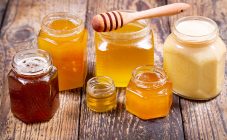Content:
Recently, sunflower has been actively grown in Russia to obtain honey. Beekeeping beginners face difficulties in using it. They often ask questions: at what temperature the sunflower as a melliferous plant produces nectar, what is the plant's honey productivity, whether the temperature regime is required. All this is detailed below.
Sunflower as a honey plant
The sunflower is considered one of the most valuable melliferous plants. In total, there are about 60 of its varieties. This annual oilseed crop produces less nectar than buckwheat, but its productivity is much higher due to the large area under crops. Bees collect a huge amount of pollen and nectar from its flowers. In many regions of Russia, Ukraine and Kazakhstan, the bulk of marketable honey is collected from sunflowers.
The sugar content of the nectar collected from this plant is 45-70%. Sunflower honey has a golden color; a dark and even greenish tint can prevail in the sediment. The product crystallizes quickly and is characterized by coarse grain size. The taste of honey is tart.
Sunflower is a honey plant, the honey productivity of which depends on the following factors:
- plant varieties;
- climate of the area;
- soil condition;
- used agricultural machinery;
- weather conditions.
For sowing with sunflower, fields are selected located on loamy and sandy loam soils. With good external factors, productive varieties can yield from 40 to 50 kg of honey per hectare. These figures are low compared to other honey-bearing crops, but it should be taken into account that in the territory of the former Soviet Union, most of the fields are sown with sunflowers.
Negative conditions for the growth of culture lead to a decrease in honey productivity. Thus, some types of sunflowers yield no more than 5 kg of honey per hectare. You can increase productivity by using mineral fertilizers and modern methods of processing row spacings.
How many sunflower blooms for honey collection
Sunflower inflorescence is a basket, each of which contains 60-1200 petals. The main purpose of outdoor flowers is to attract insects. Every day 112 inflorescences open.
Sunflower can bloom 60-80 days of sowing. Mass flowering of the culture occurs in July-August and lasts 25-30 days. Then, in place of the anthers, the formation of seeds begins.
Usually the outermost flowers of the basket bloom first, and the middle ones are the very last. Flowering goes in a circle, ending in the center of the inflorescence. Most of the nectar is emitted by the extreme flowers. The duration of flowering of one head is 36-40 hours with pollination, without the intervention of insects, the period increases to 3-10 days.
Dynamics of honey yield from sunflower
The first phase of flowering is the most attractive for bees.Despite the fact that the flower secretes nectar throughout the day, insects often visit the inflorescence in its first half. The maximum activity occurs at 11.00, provided that the weather is calm and warm.
Conditions for honey collection
Each natural and climatic zone has its own character of honey collection, its intensity and duration. The main factor in obtaining marketable honey collection is the cultivation of strong bee colonies by the time of flowering plants. It is also very important to find the right location for the apiary.
At what temperature does a sunflower produce nectar?
The optimal temperature regime for extracting nectar with a sunflower is an interval of 25-30 ° C. Unfavorable when the air humidity is less than 30%.
What kind of weather does a sunflower produce better nectar?
A decrease in the activity of honey collection occurs when the air humidity is too high, provoked by rains and fogs. In the rainy period, the performance of bees also decreases. Showers can wash the nectar from the flowers and help lower the level of sugars in the secretion.
A decrease in illumination, accompanied by a decrease in air and soil temperature, causes an increase in plant growth and reduces the number of flowers. However, short-term precipitation in warm weather conditions can increase nectar secretion.
It is also worth considering soil moisture. For sunflower, its optimal indicator is 70%.
Sunflower melliferous varieties in Russia
Good and stable honey productivity in such sunflower varieties:
- Suite;
- Spring;
- Pioneer;
- Jupiter;
- Buzuluk;
- Brio;
- hybrid P453;
- hybrid TISA;
- hybrid serzhan;
- hybrid Etude;
- Oskil hybrid;
- hybrid Psiol.
How to place bee hives on sunflowers
Complete pollination of sunflower can be achieved by placing a colony on the field - one colony is enough for 1 ha. The setting of foundation by bees during the flowering of sunflower requires special attention. Place the hive in the middle of the array. If several families pollinate one field at once, apiaries are placed at a distance of 1.5-2 km from each other. The correct placement of the hives is the key to a good harvest.
On large areas planted with sunflower, the organization of counter pollination is appropriate.
Sunflower is a widespread plant with high honey productivity. Bees stay for a long time in the fields sown by them, actively pollinating flowers. The key to harvesting a good harvest is warm, calm weather and the correct location of the hives. In rainy regions, sunflower nectar contains less sugars. It is possible to increase the secretion of nectar with the help of mineral fertilizers. If everything is done correctly, as described above, then even a novice beekeeper at the end of summer will be left with honey.
